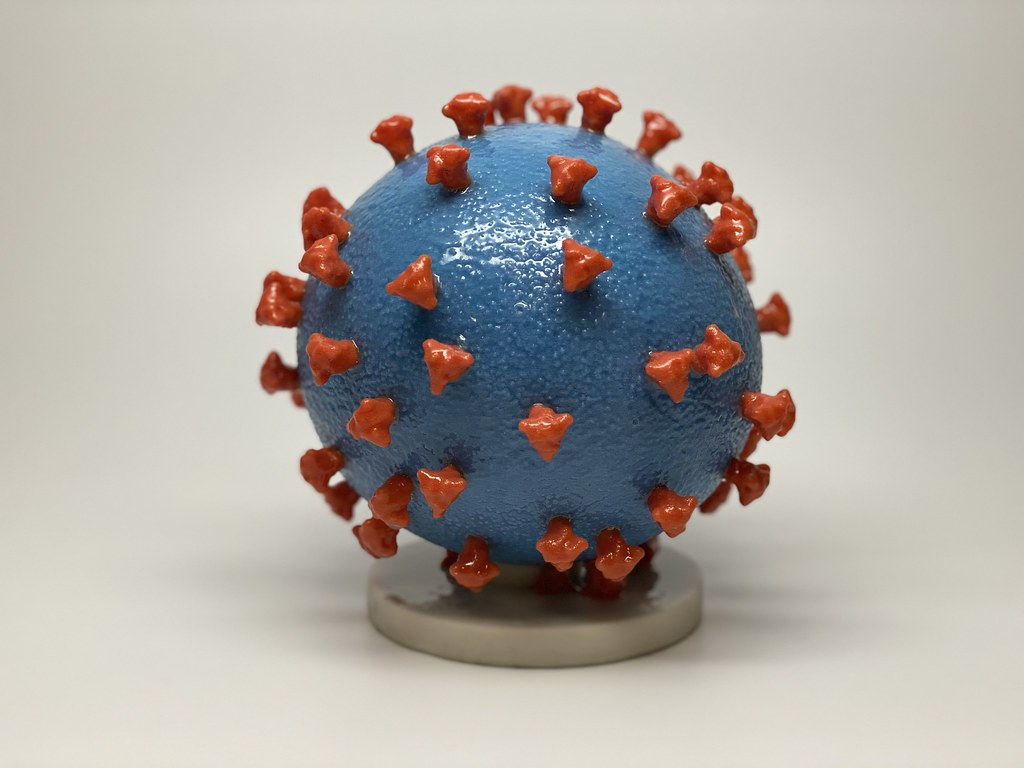
After a year of unprecedented, global challenges brought about by COVID-19 , the approval of several vaccines gave the world hope that the end of mask-wearing and social-distancing might be approaching soon. That hope still exists, but a few more obstacles have appeared in the form of new variant strains of the coronavirus.
Variants of the coronavirus arise through naturally occurring random mutations in their genomes. Each time a virus unit multiplies inside a human body, it has a chance to mutate – essentially adding up to trillions of chances within a single person given a few days. These random mutations have the ability to change or delete one of the amino acids that function as the building blocks of the coronavirus protein. These mutations can alter the shape, and subsequently, the function of the coronavirus proteins. Mutations are more likely to be passed down if they are determined to be beneficial to the virus, creating these variant strains that favor traits like higher transmissibility, causing them to become more widespread.
The B.1.1.7 variant has become most apparent and poses the most risk at the moment. The variant began to spread rapidly through the United Kingdom in December of 2020.
The B.1.1.7 variant has 17 mutations that have altered the amino acid sequence in the viral proteins. Some of these mutations, such as the N501Y mutation, are what make this variant of the virus more successful at infecting cells: this mutation has greater success with infection because it has changed the shape of coronavirus in a way that allows it to attach slightly better to human cells. Other mutations make it harder for antibodies to attach to the coronavirus and stop infection.
The B.1.1.7 variant has been estimated to be about 56 percent more contagious than other known coronavirus variants, which indicates that it may become the dominant strain in the United States as early as March. As of now, this variant has not been definitively found to be more deadly or cause more severe illness than other strains; however, it may still cause increased mortality rates due to an increase in infection rates.
According to the CDC, as of Jan. 31, there are 467 confirmed B.1.1.7 coronavirus cases in a total of 32 states. Missouri has yet to report or confirm any B.1.1.7 cases; California and Florida are in the lead, with over 100 confirmed variant cases in each.
However, these numbers may not be entirely accurate due to the lack of a nationwide system for identifying genetic variations. Out of the 1.4 million people testing positive for the coronavirus each week, fewer than 3,000samples are genome sequenced.
With this highly contagious variant on the rise, more safety measures may have to be put into place to control the spread and ultimately prevent hospitals from being overwhelmed by a surge in new cases.
According to experts, increasing the number of vaccinations throughout the country should help to control the spread of both the original and variations like the B.1.1.7 strain. As scientists now think, the vaccines will still be highly effective against the B.1.1.7 variant. Nevertheless, it is something they will continue to study to ensure the efficacy of current and future vaccines needed to end this pandemic.
